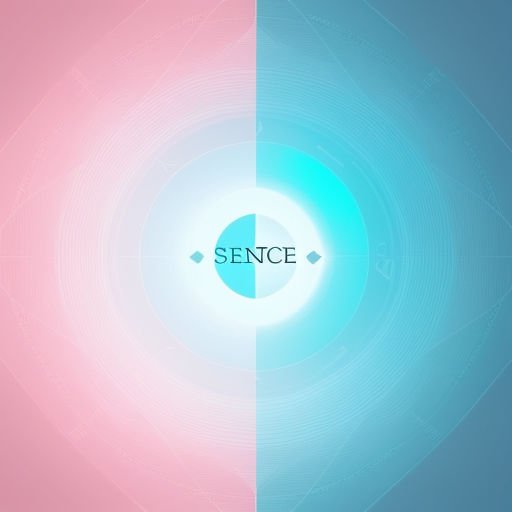Why Your Note-Taking App Might Just Replace Your Brain
Unlocking the Power of Note-Taking Apps in Modern Life
In today’s fast-paced world, our brains are bombarded with vast amounts of information daily. Remembering every detail is an overwhelming challenge, and that’s where a quality note-taking app comes into play. Far from just a digital notebook, these apps have evolved into powerful tools designed to capture, organize, and retrieve knowledge efficiently. A good note-taking system can complement your memory, enhance productivity, and even serve as an external brain. Embracing these apps could transform the way you handle information, potentially replacing traditional reliance on mental recall.
How Note-Taking Apps Extend Your Cognitive Capacity
The human brain is remarkable, but its capacity for storing details can be limited and prone to error. Note-taking apps act as an external repository for thoughts, ideas, and data, freeing up mental space and making it easier to focus on complex tasks.
From Memory Storage to Active Problem Solving
By offloading facts or meeting notes into a digital platform, your brain can concentrate on higher-level thinking like problem solving and creativity. Instead of scrambling to remember, you can rely on the app as a trusted memory bank.
Instant Retrieval Enhances Decision Making
Many note-taking tools come with powerful search capabilities. This means you can find previously recorded information within seconds, which leads to better-informed decisions. Instead of forgetting or misremembering, having swift access to your notes makes your knowledge more actionable.
Key Features That Make Note-Taking Apps Brain Replacements
Not all apps are created equal. Certain features make some note-taking systems especially adept at replacing or extending your brain’s usual functions.
– Sync across multiple devices for constant access
– Rich text formatting and multimedia embedding
– Tagging and categorization for easy organization
– Collaboration tools for sharing and co-creation
– Optical character recognition (OCR) to search handwritten content
– Automated reminders and task integrations
For instance, apps like Evernote and Notion enable you to connect ideas seamlessly through linking notes or databases, mirroring the associative nature of human memory.
The Role of AI and Smart Suggestions
Incorporating artificial intelligence, some note-taking apps can analyze your entries to suggest related content, upcoming deadlines, or even summarize lengthy notes. This intelligence reduces the mental load by doing part of the thinking process for you.
Transforming Workflow with Note-Taking Technologies
Integrating a robust note-taking app into your daily routine can radically improve your productivity.
– Capture ideas immediately instead of relying on fleeting memory
– Organize research and resources for projects without physical clutter
– Track progress with task lists linked directly to meeting notes
– Facilitate brainstorming with multimedia and mind-mapping tools
Using a note-taking app also fosters better habits like consistent documentation, reflective learning, and intentional revisiting of ideas. This integration of capturing and reviewing strengthens knowledge retention far beyond traditional pen-and-paper methods.
Example: Academic and Professional Uses
Students and professionals alike benefit from these apps. Researchers can annotate articles and link findings; business teams coordinate project details and share minutes; writers draft outlines and store research in one place. The flexibility to customize workflows makes note-taking apps indispensable.
Overcoming Common Challenges in Transitioning to Digital Notes
Despite their advantages, some hesitate to rely on digital note-taking fully.
– Fear of data loss without offline backups
– Overcomplication with too many features leading to decision fatigue
– Resistance to adapting new habits or technologies
Addressing these concerns involves selecting apps with solid security measures, simplicity in design, and investing time initially to learn their full potential. By doing this, users can experience substantial returns in efficiency and peace of mind.
Tips for Successful Adoption
1. Start small: Begin by digitizing simple lists or meeting notes before scaling up
2. Set regular review sessions to keep notes relevant and updated
3. Use templates and consistent tags to maintain order
4. Back up notes regularly to cloud and local storage options
The Future of Note-Taking and Memory Augmentation
With ongoing developments in cloud computing, AI, and wearable tech, note-taking apps are poised to become even more integrated with our cognitive functions.
– Voice and gesture recognition enabling hands-free entry
– Contextual awareness adjusting content suggestions based on location or task
– Enhanced collaborations that simulate real-time, cross-device brainstorming
These advances suggest note-taking tools won’t just store information but will actively assist in processing and knowledge creation—truly becoming a digital extension of your brain.
Embrace Note-Taking to Harness Your Mind’s Full Potential
Note-taking apps do more than just hold information; they transform how we interact with knowledge by externalizing memory, streamlining workflows, and enhancing creativity. By adopting these tools wisely, you aren’t replacing your brain but empowering it, allowing focus on what matters most: thinking deeply and acting decisively.
Ready to harness the full potential of your mind? Start by choosing a note-taking app that suits your lifestyle and commit to integrating it into your daily habits. Your brain will thank you for the extra capacity and clarity.
For further insights on productivity tools, visit resources like Lifehacker’s [productivity section](https://lifehacker.com/tag/productivity).














Post Comment